How Long Do Pickled Onions Last and How to Tell They’re Bad?
Here’s all you need to know about the shelf life and storage of pickled onions. Learn how long pickled onions last, how to store them, and how to tell if yours are spoiled.
So you’ve got a half-open jar of pickled onions, and you’re wondering how long they can keep. How long do pickled onions last?
Or maybe yours have been open for a few weeks already, and you want to know if they’re still safe to eat. How to tell if pickled onions are spoiled?
If either of these questions has brought you here, you’re in the right place.
But before we get to shelf life, storage, spoilage, and all that good stuff, let’s briefly discuss two types of pickled onions. You need to know which one you’re dealing with to go about it properly.
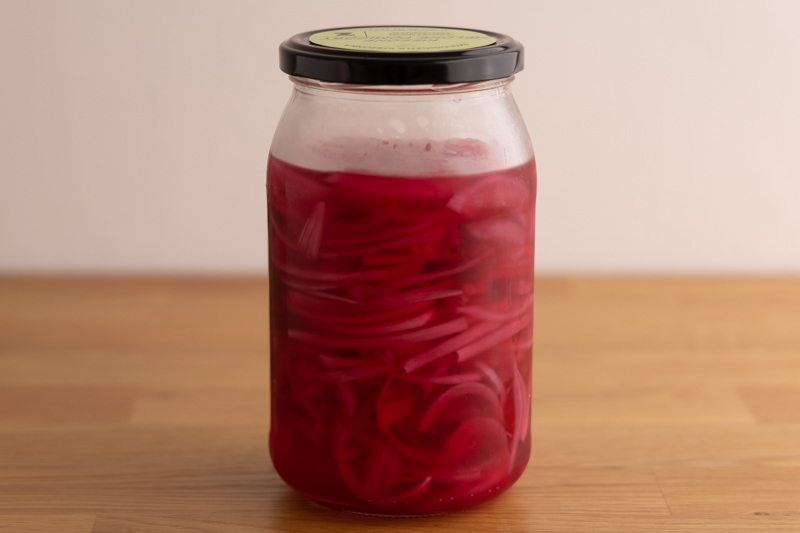
Quick Pickles vs. Canned Pickles
There are two types of pickled onions: canned pickles and quick pickles.
Canned pickles can be commercially canned or canned at home and may or may not be fermented. The distinguishing factor is that they’re processed and sealed in airtight containers and last months without refrigeration.
Quick pickles are usually done at home by submerging onions in a pickling liquid that’s made from water, vinegar, salt, and possibly other ingredients that adjust the flavor. Quick pickles aren’t canned – they go in the fridge right after preparation and stay there for the whole time.
(Here’s a sample quick pickles recipe by Ethan Chlebowski.)
There’s much more to it, but that simple distinction is enough for the rest of the article to make sense.
Next, let’s talk about pickled onions’ shelf life, storage, and spoilage.
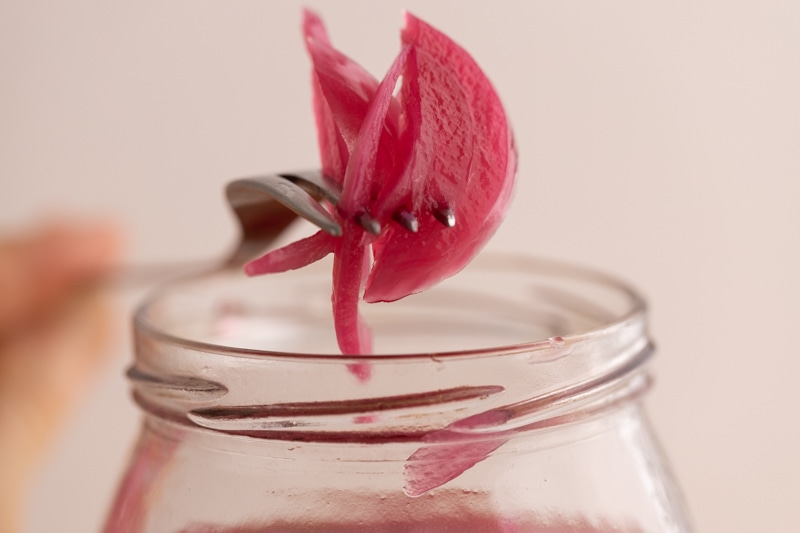
How Long Do Pickled Onions Last?
| Pantry | Fridge | |
|---|---|---|
| Quick pickled onions | 2 – 3 weeks | |
| Canned onions, unopened | Best-by + 1+ months | |
| Canned onions, opened | 3 to 4 weeks |
Homemade quick pickles retain the best quality for one to two weeks. After those two weeks, they start to lose their crispness, but should be safe to eat for an extra week or so. And make sure all the onions stay submerged in the pickling liquid at all times.
Canned pickled onions last for at least a year unopened in a cool and dry place. After opening, they keep for three to four weeks and must be refrigerated at all times.
That’s the lowdown on pickled onions. Let’s talk about both varieties a bit more.
Quick Pickles
Quick pickled onions last for one to two weeks before they start losing crispness. After that, the onions become softer but are still safe to eat for at least a week. And you should store them in the fridge at all times.
Quick pickles are never canned, so they don’t last nearly as long as canned pickles do. But thanks to the acidity of the vinegar and the added salt, the onions stay safe for much longer than the regular 3 to 4 days for leftover food.
Speaking of storage time, it’s difficult to pinpoint how long the onions will stay safe. However, most sources recommend using them within two to three weeks, so that’s what I recommend as well.
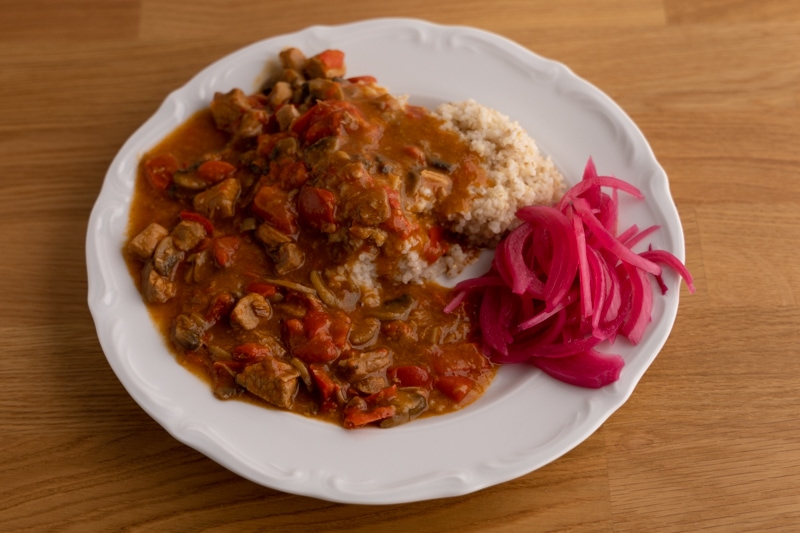
Canned Pickles
Canned pickles last for at least a year of canning them, possibly much longer. Once you open the jar, you should transfer the leftovers to the fridge, where they’ll keep for about four weeks.
As with all canned goods, chances are canned pickled onions will easily last months past the printed date, assuming that the jar stays intact and the seal is untouched.
After opening, you get about a month’s worth of storage time. Similar to quick pickles, the onions in canned pickles are also covered in brine which keeps them safe for quite a long time after opening.
Of course, you should read the product’s label (or recipe, if homemade) to make sure how long you can store your canned pickles after opening.
In most cases, you’ll find the mentioned 3 to 4 weeks period, but some sources suggest using pickles within only 7 days of opening. And if that’s what the label says, I suggest you stick with that.
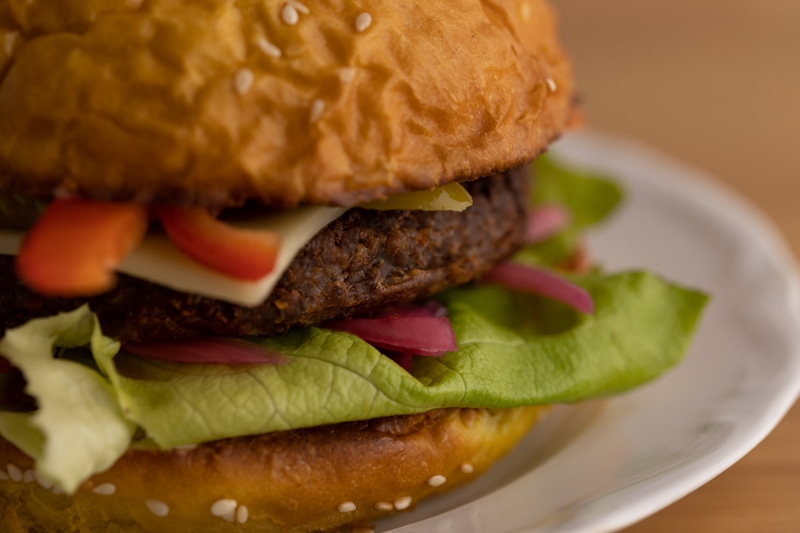
How to Tell if Pickled Onions Are Bad?
Discard your pickled onions if:
- They’re moldy. If your pickled onions aren’t fully submerged, the part that’s above the pickling liquid might grow mold. The same thing happens to sauerkraut that’s not covered in brine. You could probably get away with discarding the spoiled slices and using the rest, but I suggest you toss the entire jar to be safe.
- They’re stored for longer than they should. Homemade quick pickles keep for up to 3 weeks, while canned for up to 4 weeks (check the label or recipe) after opening. If yours are opened for much longer than that, assume they’re not safe to eat anymore. And toss them, even if the onions look perfectly fine.
- The jar is leaky, or the seal is not intact. As with all canned goods, the product isn’t safe to use if there’s anything wrong with the jar, can, or seal. If you’re canning onions at home and notice the can hasn’t sealed itself properly, you can still use the pickled onions the same way you use quick pickles.
- The onions smell off. If your pickled onions have suddenly stopped passing the sniff test, they’re no good.
- The quality is bad. If your pickled onions sit in the fridge for more than one to two weeks, they will soften. That’s especially noticeable if you use warm (or cool) pickling liquid instead of an almost-boiling one. And if you’re not into soft pickled onions, it’s okay to toss them.
If you notice any other spoilage sign, don’t taste the onions to confirm. One from the list above is good enough to deem the onions spoiled.
That’s it when it comes to the typical spoilage signs of pickled onions. But if you notice anything else out of the ordinary, trust your instinct and discard the onions if necessary.
How to Store Pickled Onion
Quick pickles require refrigeration at all times. Ensure the jar is sealed, and all the onions sit submerged in the pickling liquid.
For canned pickles, you treat them the same way you treat other canned goods.
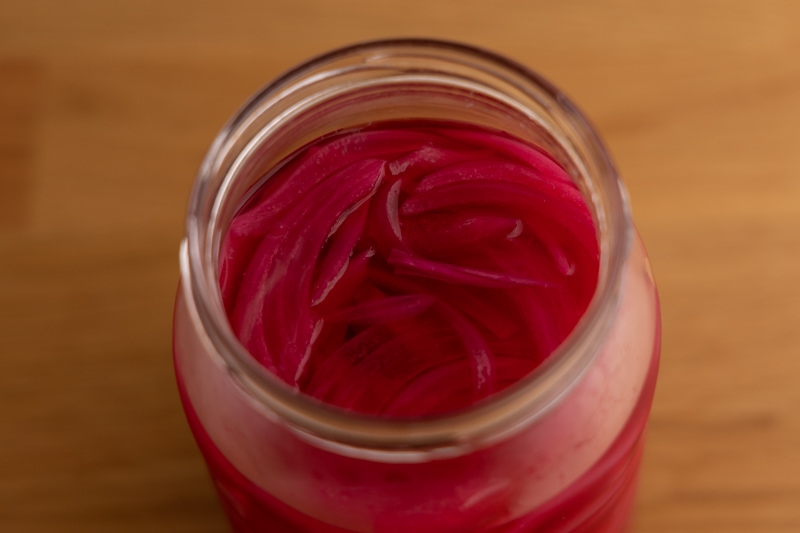
As long as the jar sits unsealed, all it needs is a cool and dry place. Once you first open the jar, the leftovers go in the fridge, sealed nice and tight. And make sure the contents of the jar stay submerged at all times to avoid drying and mold growth.
Rotten Records: Share Your Snap!
Caught some food past its prime? Upload your photo to “Rotten Records” and help others spot the signs of spoilage. Every image makes our food community safer and more informed!
![How to Tell if Kale Is Bad? [4 Spoilage Signs]](https://www.doesitgobad.com/wp-content/uploads/kale-spoilage-signs-infographic-1-768x512.jpg)
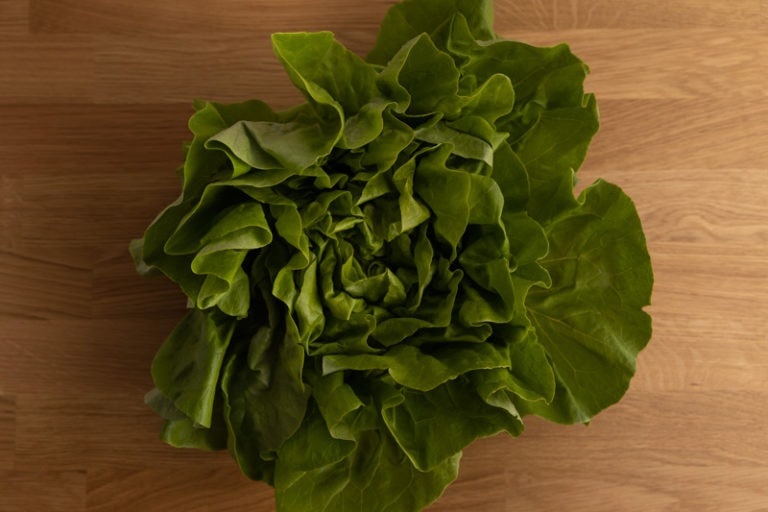
![How Long Do Carrots Last? [Whole, Cut, Cooked & Baby]](https://www.doesitgobad.com/wp-content/uploads/Carrots-in-hand-768x512.jpg)
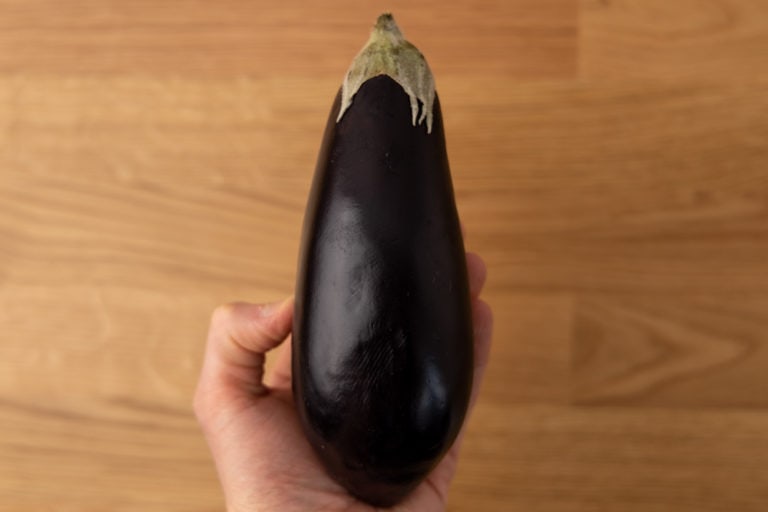
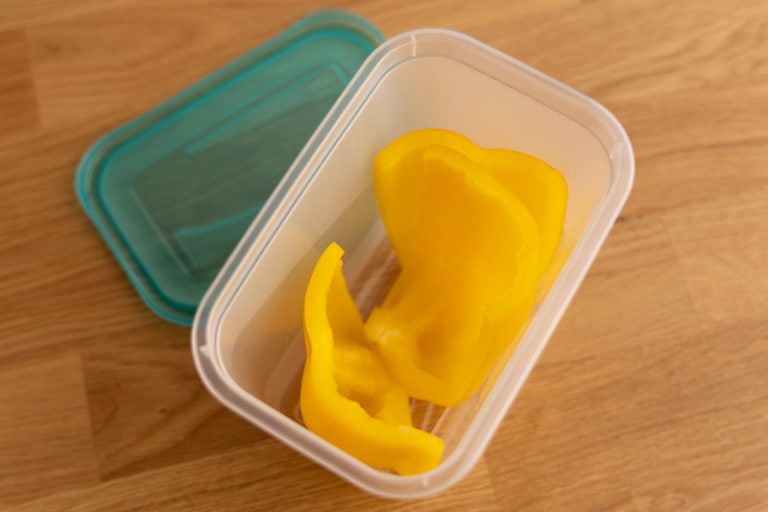
![How to Tell if Spinach Is Bad? [5 Signs of Spoilage]](https://www.doesitgobad.com/wp-content/uploads/Spinach-spoilage-signs-768x512.jpg)